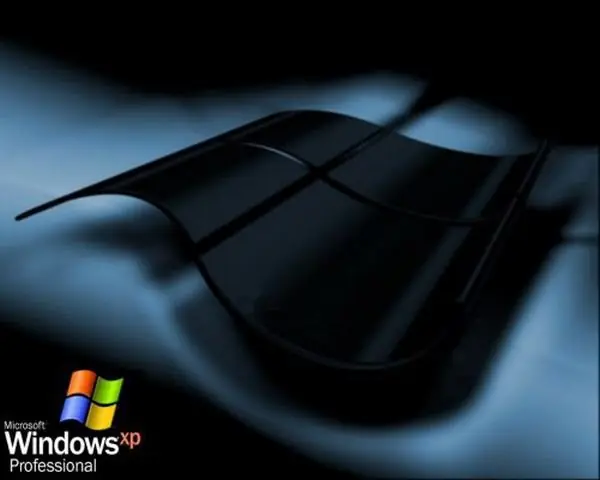Most consumer computers in the modern world run some version of Windows. Microsoft places its own restrictions on the use of its products. One of these limitations is the inability to uninstall the previous version of Windows during the installation of a new system. The choice is limited to trying to restore the system and formatting the system partition. How can you delete the system without formatting the hard disk partition on which it is located?

Necessary
Windows computer, Windows Live CD image
Instructions
Step 1
Find on the Internet (or from friends) an image of the Windows Live Cd boot disk and burn it to a blank media or create a bootable USB flash drive with it. Please note that the Live CD was created on the Windows XP kernel.
Step 2
The main difficulty in uninstalling Windows is that the operating system does not allow itself to be deleted, that is, system folders. In order for such an opportunity to appear, you need to boot the computer from another medium, for example, an optical disk or a USB flash drive. To boot the computer using such media, go to the BIOS settings of the motherboard (press F2 or Del while booting the computer). On the Boot tab, set the device selection order so that the optical drive or USB device comes first.
Step 3
Boot your computer from the Live CD. This process is longer than the usual boot of the system from the hard disk, be sure to wait until it ends.
Step 4
Then start the "File Manager". Go to the system drive, usually the C: drive, and delete the Windows, Program Files and Users folders. It should be noted that the files that are stored on the desktop and in the My Documents, My Pictures, and so on folders are located in the Users folder. Save the required data elsewhere before deleting this folder. Alternatively, instead of deleting it, you can rename the Users folder by giving it a different name, for example, Copy, but this will save a lot of unnecessary information that you will have to delete later.
Step 5
Delete all system files in the root directory of the C: drive, and after performing these operations, only files and folders with information will remain on the system partition, and you can install a new operating system on it without formatting.






